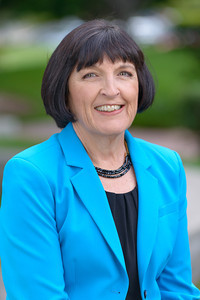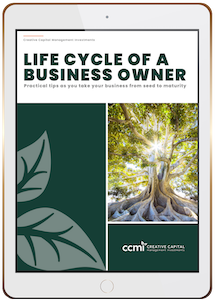As April is National Financial Literacy month, let’s look at how much we have learned since the Great Recession. A recent survey completed by Wallethub.com indicates that not much progress has been made. In their proprietary WalletLiteracySurvey, the financial education programs and consumer habits in each of the 50 states and the District of Columbia were examined. They used a data set of 15 key metrics ranging from high school financial literacy grade to share of adults with rainy day funds. Overall, New Hampshire ranked first in the general survey and Louisiana ranked last. In the Financial Knowledge and Education rankings, California came in 49th!
To further share some dismal findings, at the end of 2016, there was $89.2 billion in new credit card debt, the highest increase since 2007 which isn’t surprising as only two in five adults have a budget, 18% of Americans spend more each month than they earn, and 50% of Americans surveyed don’t have a rainy-day fund.
If that isn’t depressing enough, a study of college students’ financial habits reveals that 54% of college students have overdrawn on their bank accounts, 81% of college students underestimated the time it would take to pay off a credit card balance and only 59% of young adults, ages 18 to 29, pay their bills on time. Additionally, college loan balances exceed auto and consumer loan balances and of those participating in a 401(k) plan, 20% have loans outstanding against their retirement accounts, with an average balance of $7,500.
To expect our grammar and high schools to teach children about money isn’t realistic. Thanks to the G.I. bill, after 1945, math detoured from preparing young Americans to enter financial adulthood to preparing them to enter college. Money basics gave way to the college prep track: algebra, geometry, trigonometry, and calculus. Placing financial education into high schools is difficult as it competes with shelf space. Thus, placing this teaching expectation on the educational system is unrealistic-financial education starts in the home and should be part of every child’s upbringing, irrespective of whether they are college-bound.
The lack of financial knowledge can handicap even the most intelligent individual, as financial acumen isn’t directly related to an individual’s I.Q. The best time to start financial training is when a child stops swallowing money. Using age appropriate strategies can pay big dividends as parents first put on their children’s “financial training wheels”. Something as simple as teaching a young child the face value of coins to explaining how an ATM really works are good starting points.
The internet is full of financial literacy resources. Make it a point to look at them with your child to decide which would best fit your needs.
To get you started the following is a very short list of financial literacy tips. By no means is this list all-inclusive; however, see if you can apply one or two of these exercises at an age-appropriate time in your child’s or grandchild’s life:
- NO DEBT. This includes credit card debt. One card is OK for convenience if they pay it off in full every month. Teach your child how to handle unsolicited credit card offers.
- Show your child how to use Quicken to track income and expenses.
- SAVE. Review the compounding principle with them. On a regular basis, put a consistent amount in savings. Teach your child to start this habit early in their life.
- INVEST. Again, on a regular basis through dollar cost averaging, or a retirement plan where they work (if they work). Review your investments with them.
- SAVE UP. Save up for big items before purchasing them. You can do this with your child at first so that he/she experiences it as a family effort. Discuss the difference between “need” and “want”.
- VALUES. Be creative in using your wealth to teach your values.
Examples:- Philanthropy. Have your child research a charitable organization, build a case, convince you and only when you are sold, make the gift together.
- Cash rewards for achievements you value; e.g. a college degree; no smoking, alcohol or drugs; matching what they put into a ROTH when they have earned income; or matching net profit for the first or subsequent years in business.
- Travel. An achievement-oriented trip researched and designed by your child.
- Teach your child by example: Stand up for what you believe in and fund causes consistent with your values/beliefs.
- SHOPPING. Coach your child to become an informed, choosy consumer. Show them how to comparison shop.
- DON’T WASTE MONEY/DON’T HOARD MONEY Practice good financial habits yourself and watch how you talk about money in the child’s presence.
- DEVELOP COMMUNITY SERVICE. Help your child gain perspective on what is truly important in life. Show your child by example.
- Teach them that VERY FEW, IF ANY, OF THEIR FRIENDS WILL HANDLE MONEY THIS WAY.
As you take on the challenge of teaching your child to become more financially literate take pride in the fact that you are helping them become more “heir-conditioned” so they eventually will be better stewards of not only their money, but yours some day!
CCMI provides personalized fee-only financial planning and investment management services to business owners, professionals, individuals and families in San Diego and throughout the country. CCMI has a team of CERTIFIED FINANCIAL PLANNERTM professionals who act as fiduciaries, which means our clients’ interests always come first.
How can we help you?





